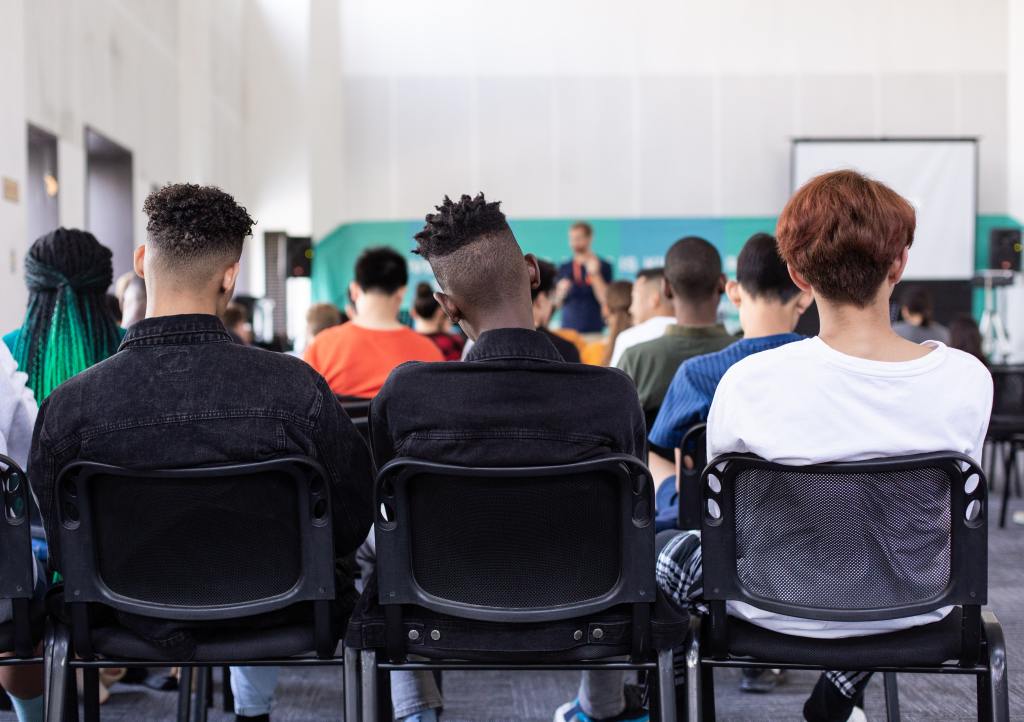This is a guest post by Dr Eva Kourova, who recently passed her viva in the Dept. of Social Sciences, who became an Associate Fellow of the HEA in March 2020, the first of our postgraduate researchers to be recognised through the Accelerate pathway for GTAs, a route to professional recognition in learning and teaching.

When I started delivering seminars at the university, I was in my final year of my PhD. I was new to teaching and as a new Graduate Teaching Assistant, I was asked to enrol and complete an initial introductory course which had four modules and covered the most essential teaching skills such as delivering seminars, speaking in front of a large audience, and doing student assessment. There were about 40 people on this course from different backgrounds, most of whom were PhD students, like me. Each module lasted 2 hours and within that time we were asked to complete various group exercises and the way those exercises were delivered served also as an example of how to effectively deliver a class. One of the learning outcomes to me was observing the group dynamics within the teaching session and being attentive to students’ energy levels when delivering seminars. On those learning seminars I was also able to connect with other fellow PhD students at the beginning of their teaching career and learn about their research projects which was very interesting.
At the end of this introductory course, we received a certificate of completion and were encouraged to submit application for Associate Fellow in Teaching in Higher Academy. We were informed that this accolade is often desirable when applying for university jobs. The university offered us free application support through their accredited programme and so it was a no brainer for me to submit my portfolio.
I had about two months to complete the application portfolio which was basically a self-reflexive mapping of my teaching at the university. There was a specific format to follow in order to create the portfolio and I was given a thorough advice and training on how to put together the case study in line with the UK Professional Standards Framework, and how to technically manage it via the Accelerate online processes. Throughout the process of producing my case study, I had to collect evidence of my teaching methods and methodologies and of my understanding and knowledge of effective and inclusive teaching. Once my case study was drafted, I was encouraged to submit the draft via email for feedback. Within 10 days I received detailed feedback which I found extremely useful. I applied changes to the draft. I then asked my two senior colleagues, one of which had to be a member of Higher Education Academy, for references. This was required by the process and both my referees were happy to do this for me. When I was happy with the case study, I uploaded my evidence together with my references via online portal.
It was quite satisfactory to see the whole piece ‘live’, just before it was submitted for assessment. Once submitted, I waited about a month for a result. I was delighted to see that I had been awarded the status of Associate Fellow! I was also grateful for the feedback comments from the Accelerate panel that inspired me to continue seeking experience in teaching in higher education in order to be able to apply for a Fellow status at the academy.
After teaching for nearly two years at the university, I feel that I am moving towards the next stage and thinking about how I’ll apply for the status of a Fellow at the Higher Education Academy. Now more familiar with the whole process, and equipped with the knowledge of what I have to do in order to progress, I feel much more confident and relaxed about the whole process and I also know exactly what evidence to collect when delivering my sessions to students. Being familiar with the process and requirements, I can also plan effectively what I need and by when, in order to collect enough experience to be able to progress further.
The training made me aware of how students’ learning intake largely depends on the proactiveness of the tutor’s role in the seminar. It is not about entertaining the students. It is more about being able to tune up to the class’ dynamics and being able to work with that energy to the benefit of the student. I have become much more attuned to the class dynamics since the training and I am learning to use the class energy which I see as a creative process and enjoy venturing into it.

